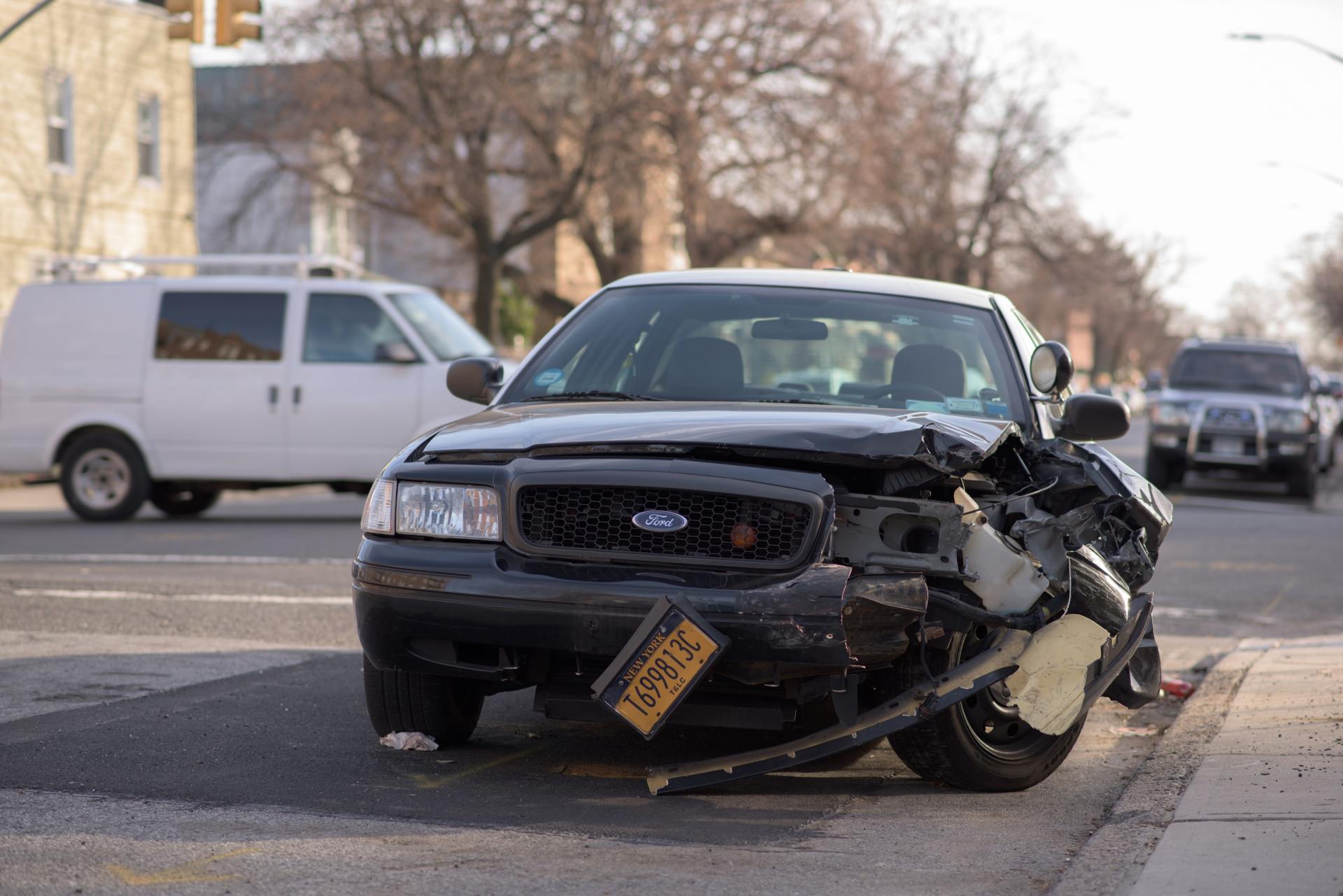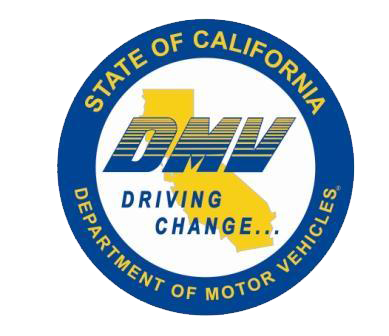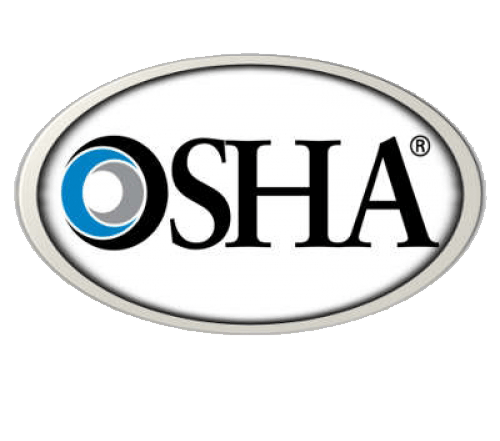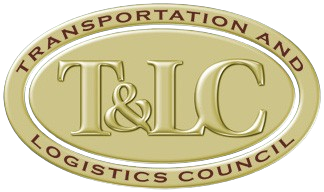How a Fender Bender in Texas Turned Into a $32M Nuclear Verdict

On a quiet September afternoon in 2013, a minor fender bender between a tractor-trailer and a pickup tuck barely disrupted life in the tiny East Texas town of Ore City.
Joshua Paterson was driving his pickup to a church luncheon when the vehicle was sideswiped by an FTS International Services tractor-trailer driven by Bill Acker. Both drivers pulled over and, during a friendly exchange, reported no injuries. Over a handshake, Acker offered an apology and accepted blame for the mishap. After local police visited the scene, the drivers went on their way.
Later that evening, Patterson’s neck felt sore. The next day, his father advised him to visit a doctor. And retain an attorney.
Nearly five years later in a Texas courtroom, that seemingly uneventful drive-away accident resulted in a $101 million jury award against FTS.
The reward was reduced to $32 million by the trail judge.
While now in the hands of the Texas 12th District Court of Appeals, this civil action against FTS remains one of dozens of so-called nuclear verdicts against motor carriers, defined as awards in excess of $10 million, that in recent years have been on a steep rise.
It’s true that FTS, a Texas oil field service company based in Forth Worth, owned some liability in the case. The company’s driver was shown to be at fault, and trial testimony demonstrated that FTS had knowingly put a risky driver behind the wheel.
But the verdict was a huge overreach, the state appeals court said in an Aug.26 opinion. The three-judge panel said the seven-day civil trail offered a stunning example of how an overzealous plaintiff attorney and a runaway jury turned a fender bender into an attempt to “send a message” not only to FTS, but to the entire trucking industry.
“The record here clearly indicates that the award was based on passion, prejudice or improper motive, or is so excessive as to shock the conscience,” Texas appellate court Justice Greg Neeley wrote on behalf of the appellate panel.
While Neeley noted that the jury could have – based on the evidence in the record – reasonably formed a “firm conviction or belief” that Acker individually acted with “gross negligence” and may have caused some injury to Patterson, an examination of the lower court trial record also revealed that the jury award was based upon the jury’s disapproval of FTS instead of “adequate and reasonable compensation for Patterson’s actual injuries.”
The appeals court sent the case back to the district court for a new trial, which has yet to be scheduled. The case is on hold due to FTS’ September filing for bankruptcy protection in federal court. The bankruptcy is not related to the civil case.
In the meantime, a trucking industry attorney said actions like those of the appeals court need to happen more frequently to blunt the spread of nuclear verdicts.
“Frankly, this is the kind of thing that needs to happen – for appellate courts to strike down some of these crazy jury verdicts,” Bob Mosely, a longtime trucking defense attorney with the Mosely Marcinak Law Group, based in Greenville, S.C. told Transport Topics. “Otherwise, litigation just becomes extortion.”
Moseley, who is familiar with the case, added, “We should all be encouraged, not that this verdict happened, but that the structure was in place and the appellate court looked at the case and decided that this case was not something they would affirm.”
Donald Smolen, a Tulsa, Okla., civil trail attorney, said such “runaway” jury verdicts coming out of small-town Texas are not uncommon. Smolen works with attorneys on cases in Dallas and Houston, he said.
“Yes, there are isolated cases where that happens that might not be justified,” Smolen told TT. “But I don’t think it’s a systemic issue across the country. I think you’re going to find that there are small areas across the country where these kinds of verdicts happen.”
Smolen said some of the larger jury verdicts against companies result from issues such as a lack of driver training, log-book violations, amphetamine use by drivers, failure to conduct pre- and post-trip inspections and maintenance deficiencies.
His words reflect a general consensus among attorneys – and a warning to motor carriers – that plaintiff attorneys often don’t limit their litigation inquiries to the facts of an accident. Rather, they take a deep dive into a trucking company’s safety policies and procedures.
In fact, the Texas appellate court in the FTS case was critical of the conduct of Patterson’s attorneys in the lower court trial. Among samples of what a Patterson attorney told the jury: “Ladies and gentlemen I submit to you that this is a single-most important case. It’s been in this courtroom (for) years. You have an opportunity at the end of this case to change an industry. You have an opportunity to right a wrong that this company committed and to make the roads safer not just for Upshurr County but for the rest o this nation.”
In another instance, Patterson’s attorney told the jury, “ At the end of this case, based on the evidence that comes from that witness stand, I’m going to look at you, and I’m going to ask you to award up into the tens and millions of dollars because that’s the only way to stop it.”
One of Patterson’s lead attorneys, Brent Goudarzi of Longview, Texas, did not return a phone message seeking comment.
During the trial, FTS said it fired Acker after he failed a drug test in the wake of the accident. Plus, the collision occurred while he was on probation for a prior incident he had while operating an FTS truck.
However, FTS pointed out that Acker’s commercial driver license has never been suspended, and he had driver commercial vehicles “a couple hundred thousand miles” without receiving a ticket prior to his employment with FTS. His most recent ticket had been issued which he was driving a personal vehicle more than four years prior to the accident. He ha never been in an accident on a public road or in an accident that resulted in personal injury prior to the Patterson incident.
During the trial, Patterson said he began to experience soreness on the right side of his neck on the evening of the collision and sought treatment at Good Shepherd Medical Center in Longview the following day. The treating health care providers performed an examination and conducted an X-ray, which was “negative.” His pain was described at worst a “moderate.” The physician diagnosed Patterson with a cervical strain, provided medications fir the pain and inflammation, and cleared him for work two days later, according to court records.
After retaining counsel, Paterson underwent traditional chiropractic treatment for approximately three months, where his condition improved but did not fully resolve, according to his doctors. He subsequently was given seven cervical epidural injections from January 2014 through June 2016. He ultimately received a disc replacement in October 2016, three years after the accident.
During that time, however, he continued to work at his job as a crane operator. Approximately four months after the surgery, court records show that investigators hired by FTS captured surveillance of Patterson performing normal life activities, including picking up his 50-pound daughter and carrying her to his truck. Nevertheless, despite an offer for lighter-duty work by his employer, Patterson believed he was incapable of working in the future. His Physicians agreed. His employer requested documentation from his doctors showing his inability to work, but Patterson never provided t. Instead, he ultimately resigned from his job.
FTS said it received an anonymous letter after the trial stating that Patterson was not actually injured in the accident. At his prior place of employment, it was alleged by the author that he bragged that he was “gonna squeeze a bunch of money out of this fender bender.”
In the end, the appellate court declined to approve the large jury award.
“In light of the fact that the force from the impact of the collision was not objectively severs, and this relatively sparse and equivocal testimony concerning Patterson’s noneconomic damages, w can only conclude that the evidence is insufficient to justify such a massive…award in noneconomic damages, “ the panel said.
“For instance, while the jury could have conclude that Patterson suffered some amount of pain, the evidence showed that Patterson has a high pain tolerance, and his testimony that he had substantial pain relief, along with his admissions that his pain substantially improved over time simply does not justify the … physical pain award in light of all the circumstances in the record before us.”
The appellate panel noted that the evidence shows that Patterson still can conduct many of life’s activities, including walking a substantial distance without pain, chopping wood, doing pushups and sit-ups, carrying his daughter and performing activities.
“Considering the entire record, we conclude that the evidence is factually insufficient to support the amount of damages awarded by the jury, and since the types of noneconomic damages are unsusceptible to precise calculation, the appropriate remedy is to remand for a new trial,” the appellate panel concluded.
Content Disclaimer: Due to the constantly changing nature of government regulations, it is impossible to guarantee the total and absolute accuracy of the material contained herein or presented. NorthAmerican Transportation Association (NTA) cannot and does not assume any responsibility for omissions, errors, misprinting or ambiguity contained. NTA shall not be held liable in any degree for any loss, damage or injury caused by any such omission, error, misprinting or ambiguity present. It is made available with the understanding that NTA is not engaged in rendering legal, accounting or other professional service. If legal advice or other expert service is required, the services of such a professional should be sought.











